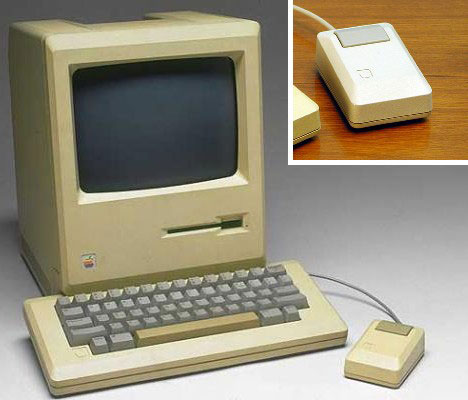Officially, it’s called the Spinning Wait Cursor or the Spinning Disc Pointer. Colloquially, it goes by many names, including the Spinning Beach Ball. Whatever you call it, the colorful pinwheel that replaces your mouse cursor is not a welcome sight.
The Vintage Mac Museum is a private, working collection of the pre-Intel Apple Macintosh and related memorabilia. We provide old Mac file transfer and conversion services, along with research into old Mac technologies for patent searches or academic purposes.
Random testing for DOT regulations is based on an individual’s job function, not their job title. Random drug testing for cdl driver for mac.
According to Apple's, 'the spinning wait cursor is displayed automatically by the window server when an application cannot handle all of the events it receives. If an application does not respond for about 2 to 4 seconds, the spinning wait cursor appears.' ( is the background process that runs the Mac OS X graphical user interface.) Which is to say, the beachball is there to tell you your Mac is too busy with a task to respond normally. Usually, the pinwheel quickly reverts to the mouse pointer. Uml diagram eclipse.
When it doesn’t go away, it turns into what some call the Spinning Beach Ball of Death (also known as the SBBOD or the Marble of Doom). At times like those, it helps to know why the thing appears and what you can do to make it go away. Hardware causes The most basic reason the beach ball appears is because your Mac's hardware can’t handle the software task at hand. It’s not unusual to see the occasional beach ball when you Mac is performing complex computing tasks. Even everyday activities—such as syncing with iTunes—can temporarily overtax the CPU. To find out if the CPU is a bottleneck on performance, use Activity Monitor (/Applications/Utilities) to monitor CPU usage. You don’t have to keep an Activity Monitor window open all the time; there are less obtrusive ways to use it.

Mouse For Mac Computer
For example, open Activity Monitor then Control-click on its Dock icon and select Dock Icon -> Show CPU Usage. That will turn the icon itself into a CPU usage graph; you can then close the main Activity Monitor window. You can also Control-click on the icon and select Monitors -> CPU Usage, or Monitors -> Floating CPU Window. That will place a small activity graph in the corner of your screen. The beach ball may also appear if you don’t have enough RAM. Virtual memory paging and swapping (freeing RAM by moving data to swap files on disk and back) consumes CPU cycles. Insufficient RAM means more paging and swapping, which means fewer CPU cycles are available to apps.
Vintage Apple Mac Ball Mouse For Mac Os
If apps can't get the CPU time they want, the beach ball appears. That’s why you want as much RAM as your budget will allow and your Mac can accommodate. Similarly, if your startup disk is nearly full, less space is available for swap files. Again, that leads to more CPU cycles devoted to swapping and more beach balls. As a rule of thumb, keep at least 10GB free on your startup disk.
Game Mouse For Mac
Again, you can use Activity Monitor to diagnose RAM and hard drive shortages; open the System Memory or Disk Usage tabs. In the pie charts shown in these panes, more green is better. If you can isolate a hardware cause, the solution is obvious: You need to upgrade.

 0 kommentar(er)
0 kommentar(er)
